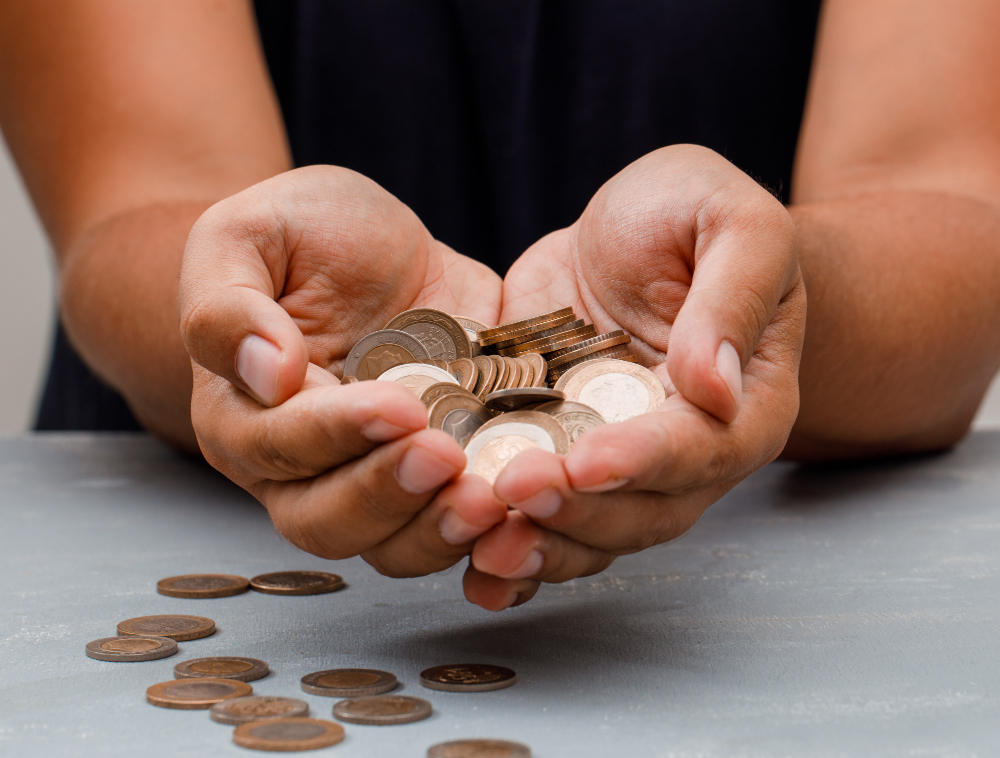Physical Address
304 North Cardinal St.
Dorchester Center, MA 02124
Physical Address
304 North Cardinal St.
Dorchester Center, MA 02124

In an unpredictable world, having an emergency fund isn’t just a smart idea—it’s a financial lifesaver. Whether it’s a medical crisis, job loss, or unexpected home repair, emergencies are part of life. An emergency fund ensures you’re prepared when they happen—not if.
This guide walks you through how to build an emergency fund, step by step, no matter your income level or financial starting point.
An emergency fund is money set aside specifically to cover unexpected expenses or financial emergencies. It’s not for vacations, new gadgets, or impulse buys—it’s your buffer against life’s “what ifs.”
Here’s what an emergency fund can protect you from:
Without it, people often turn to high-interest credit cards, personal loans, or borrowing from friends/family—options that can create more stress and long-term financial strain.
How much should you save?
Start with a mini fund of ₹25,000–₹50,000. Once you hit that, aim higher based on your expenses, lifestyle, and number of dependents.
📌 Example: If your monthly expenses are ₹30,000, your full fund should be between ₹90,000–₹1.8 lakh.
Keep your emergency fund separate from your main account to avoid accidental spending. Choose a high-interest savings account or a liquid mutual fund (for slightly higher returns while keeping access).
Look for:
Use a budgeting app or spreadsheet to understand where your money goes. Cut back on:
Redirect that saved money into your emergency fund.
📱 Tip: Use apps like YNAB, Mint, or Spendee to track & automate savings.
Set up an automatic transfer every time you get paid—even a small amount like ₹500 or ₹1,000 per week adds up. Automation removes decision fatigue and builds the habit.
💡 Example:
Saving ₹1,000/week = ₹52,000/year
Saving ₹3,000/month = ₹36,000/year
Did you get a tax refund, birthday cash, or annual bonus? Instead of spending it, divert a chunk (or all) into your emergency fund.
This can accelerate your savings without impacting your day-to-day budget.
This is key: Don’t dip into it unless it’s urgent. Ask yourself:
✅ Yes → use the fund
❌ No → budget it from regular savings
If you use your emergency fund, make it a priority to rebuild it. Go back to automatic transfers, even if you start small.
✅ Name your account. Call it “Emergency Only” to reinforce its purpose.
✅ Visual progress tracker. Use a chart or app to stay motivated as you save.
✅ Keep it liquid. Avoid locking funds in long-term deposits or risky investments.
✅ Build it into your goals. Treat it like rent or EMIs—non-negotiable.
✅ Review yearly. As your expenses grow, so should your emergency fund.
🚫 Using credit cards as a backup instead of saving
🚫 Keeping the fund in your main spending account
🚫 Over-saving without tackling high-interest debt
🚫 Ignoring it after reaching the initial target
It depends on your income and savings rate. But here’s a basic guide:
| Monthly Savings | Time to Save ₹1 Lakh |
|---|---|
| ₹5,000 | 20 months |
| ₹10,000 | 10 months |
| ₹15,000 | ~7 months |
Small, steady progress is better than waiting for “the right time.”
Building an emergency fund doesn’t require a big income—just consistent action. Start small, automate, and treat your fund with respect. In time, you’ll have a financial cushion that helps you sleep better, make better choices, and weather life’s storms with less stress.
Ready to start? Set your first ₹500 aside today and commit to your future peace of mind.